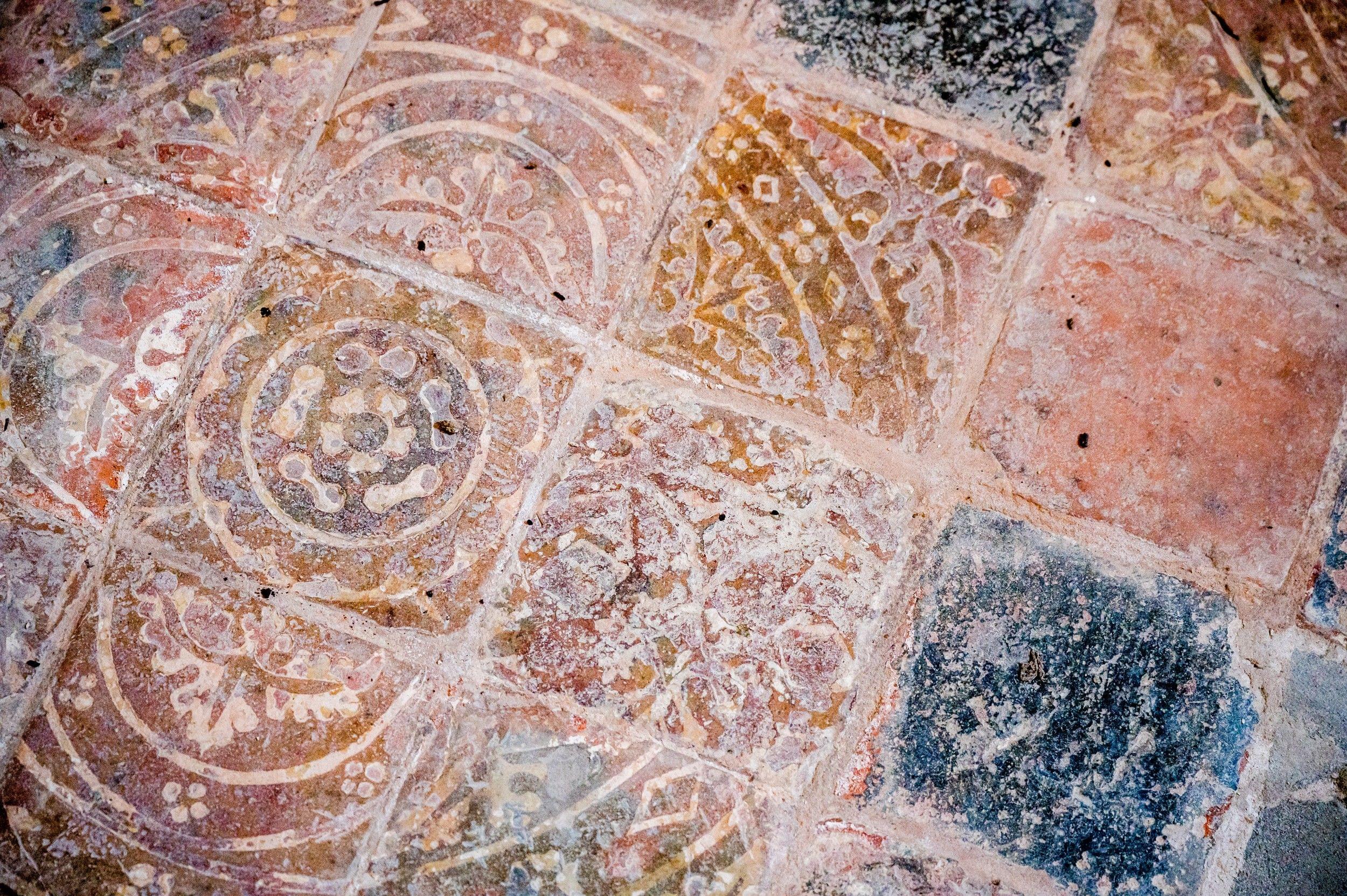St John the Evangelist
Sutton Veny, Wiltshire
This is one of the best Victorian churches in Wiltshire built by Pearson in 1866 to 68.

The church of St Peter & St Paul in Heytesbury is a large Norman building, in the centre of this ancient village.
Heytesbury, Wiltshire
The interior contains much of interest including a magnificent stone fan vaulted medieval screen; Norman arches; pillars of Purbeck marble and an unusual single, stained glass lancet window. The interior was restored by William Butterfield in 1867 and is a fine example of his typical designs.
There was a Saxon church in Heytesbury recorded in the Domesday Book of 1086. The present Grade 1 listed building, begun in the late 12th century, was probably built on the same site. In around 1165 the church was established, by a charter of the Bishop of Sarum, as collegiate, with a dean and four canon prebendaries.
The church is built of flint and stone with a Welsh slate roof. It has a massive, square and rather squat, central Norman tower. Most of the church dates from the late 12th, 13th and early 15th centuries. In medieval times it was the second most important church in the Diocese of Salisbury, after the cathedral. Norman architecture can still be seen within the church.
The Hungerford Chantry, in the north transept, probably dates from 1441 and was endowed by Walter, Lord Hungerford, who fought at Agincourt and became Treasurer of England in 1428. The magnificent Perpendicular stone screen, with fan vaulting, is adjacent to this chapel. In the centre of the screen is a heraldic panel showing 3 sickles, the badge of the Hungerford family.
The church fell into disrepair in the 16th century but was rescued, in 1865–67, by William Butterfield, the well known Victorian architect. The geometric tile decorations are typical of his work as are the designs in the chancel. There is an unusual single lancet, stained glass, window above the altar. There are three alabaster figures in the church representing Thomas Moore, his wife Rachel and their son Thomas. These figures have been severely vandalised, probably by sympathisers of Oliver Cromwell during the Civil War. Thomas Moore, inherited the Manor of Heytesbury in 1609.
The six bells include the tenor bell dating from around 1480. There is a magnificent organ which was provided secondhand in 1854, as a gift. It came from St Mary's Church, Bermondsey, and has been attributed to Gerard Smith, who was active between 1689 and 1725; certainly much of the pipework dates from that period. William Cunnington, the archaeologist died in Heytesbury in 1810 and is buried in the large churchyard.
Sutton Veny, Wiltshire
This is one of the best Victorian churches in Wiltshire built by Pearson in 1866 to 68.
Boyton, Wiltshire
The Grade I church is Early English and Decorated.
Sherrington, Wiltshire
Another Grade I church situated in a secluded village above the Wylye.